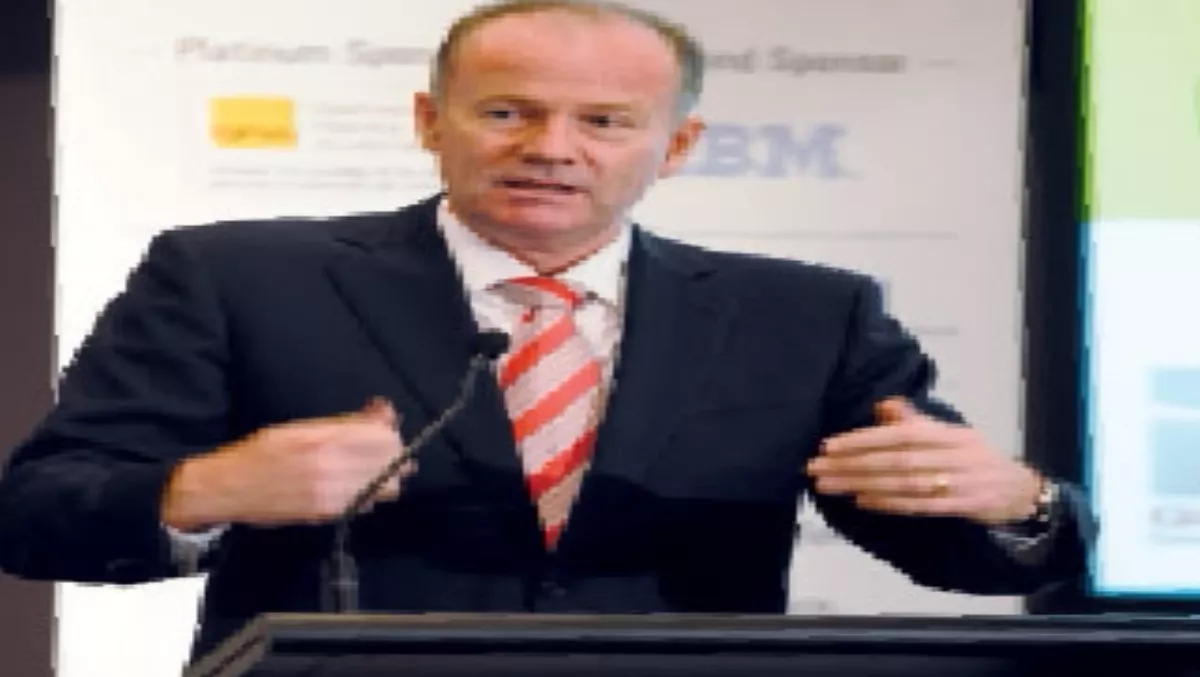
THE BIG DATA SHAKE-UP
Lindsay Tanner, Australia's Federal Minister for Finance and Deregulation, has announced a strategy that will guide the future evolution of its data center services over the next 15 years. At CeBIT’s Future-Proofing Your Data Center conference, Tanner explained that a co-ordinated approach to managing data center activities could reduce the government’s current data center footprint, which is close to 30,000 square meters. “These reforms are not always popular with industry, but it is about getting the best outcomes for all Australians. More efficient and effective use of ICT will deliver better services, at lower costs to the taxpayer,” said Tanner. The strategy is based around the principles of co-ordination, efficiency, effectiveness and sustainability. IT Brief’s questions on how it could affect New Zealand went unanswered at the time of going to press.The Australian Government’s data center equipment is not currently centralised and is spread across the country in locations ranging from large enterprise data centers to cupboards and converted offices. Tanner estimated that the data centers in place now generate 300,000 tonnes of carbon each year. He wants to reduce that figure by 40,000 tonnes per year over the next five years. “These are primarily older data centers that are reaching the limits of their electricity supply and floor space. With government demand for data center ICT equipment rising by more than 30% each year, it was clear we needed to readdress how we handle data centers,” said Tanner. Space requirements weren’t the only focus of the new strategy, however. Geographic factors were also taken into account, as was the environmental impact of any new data center operations. Tanner said that the cost factor of the future strategy was a focus, as the government currently spends in the region of $AU850 million with that figure expected to rise to nearer $1 billion unless something is done. The first five years of the strategy will see the government establish a panel for the supply of data center facilities and services, and assist the first group of agencies to move to a shared resource solution. Tanner said the government wants to encourage innovation and competition in the data center industry and that the first approach to market will be made in the second half of 2010 via AusTrader. More details on the opportunities for the industry are expected to be released at CeBIT Australia, which starts on May 24th, 2010.

